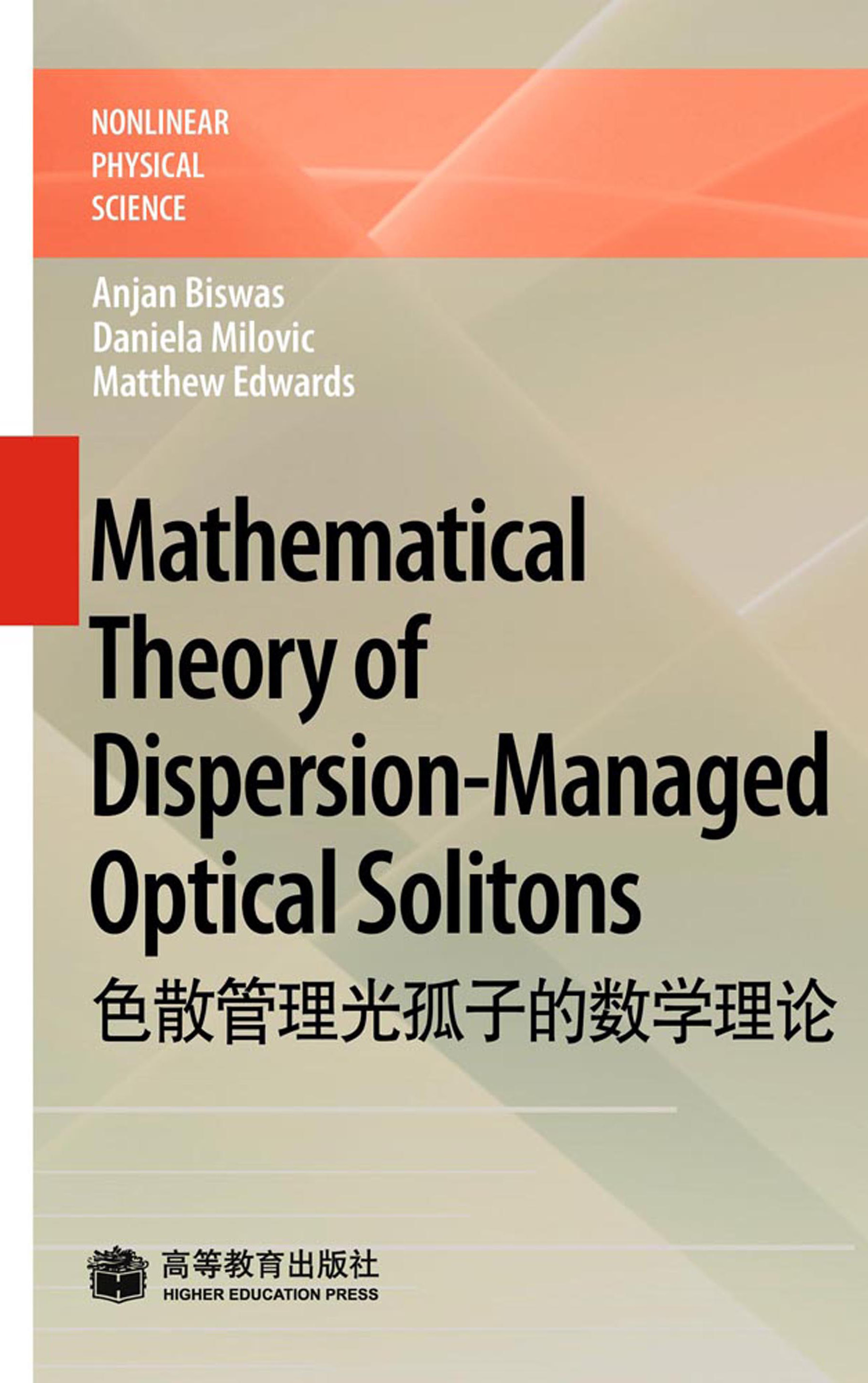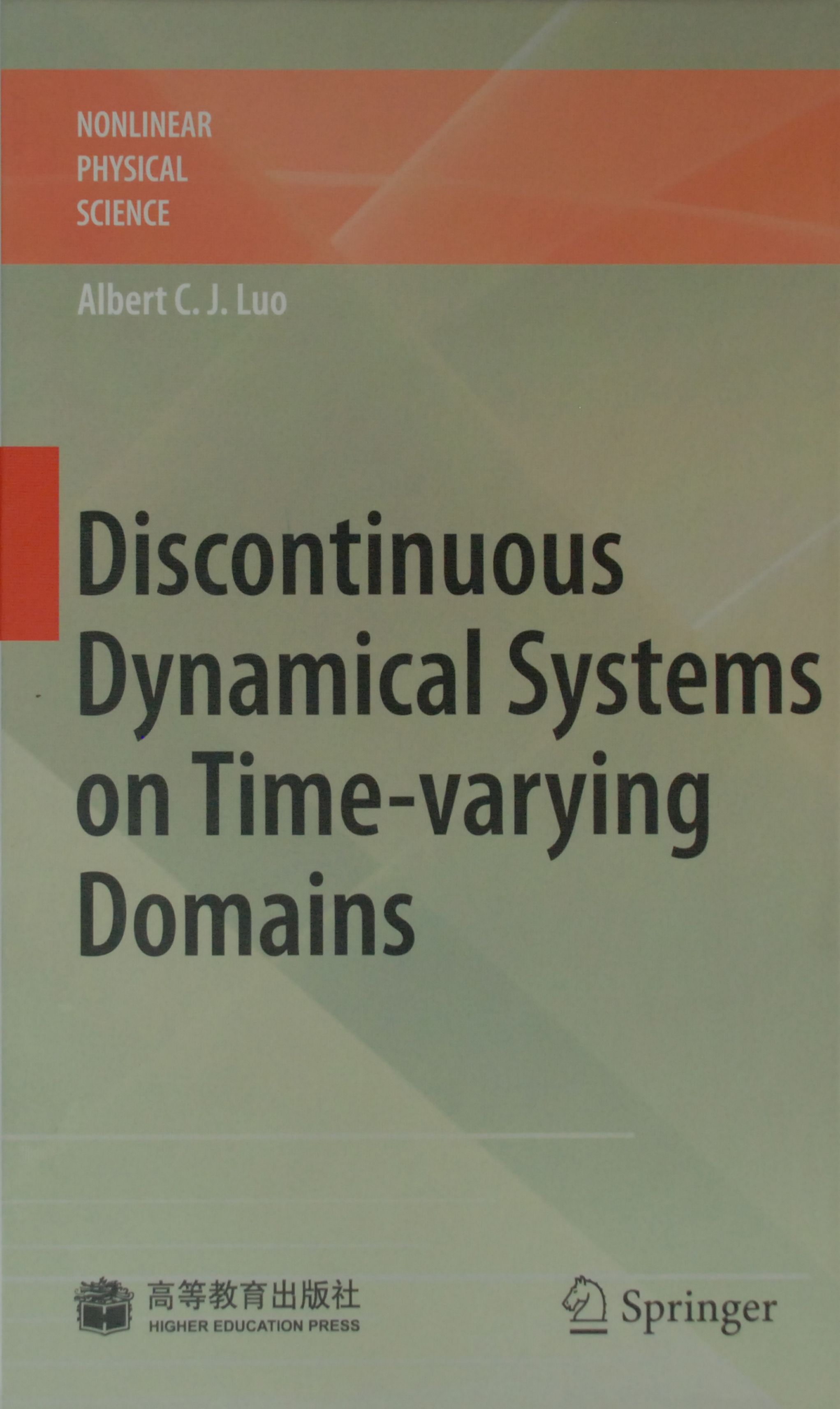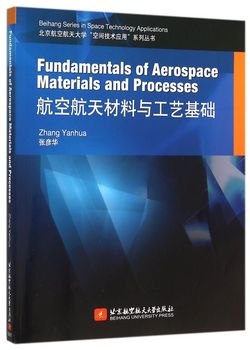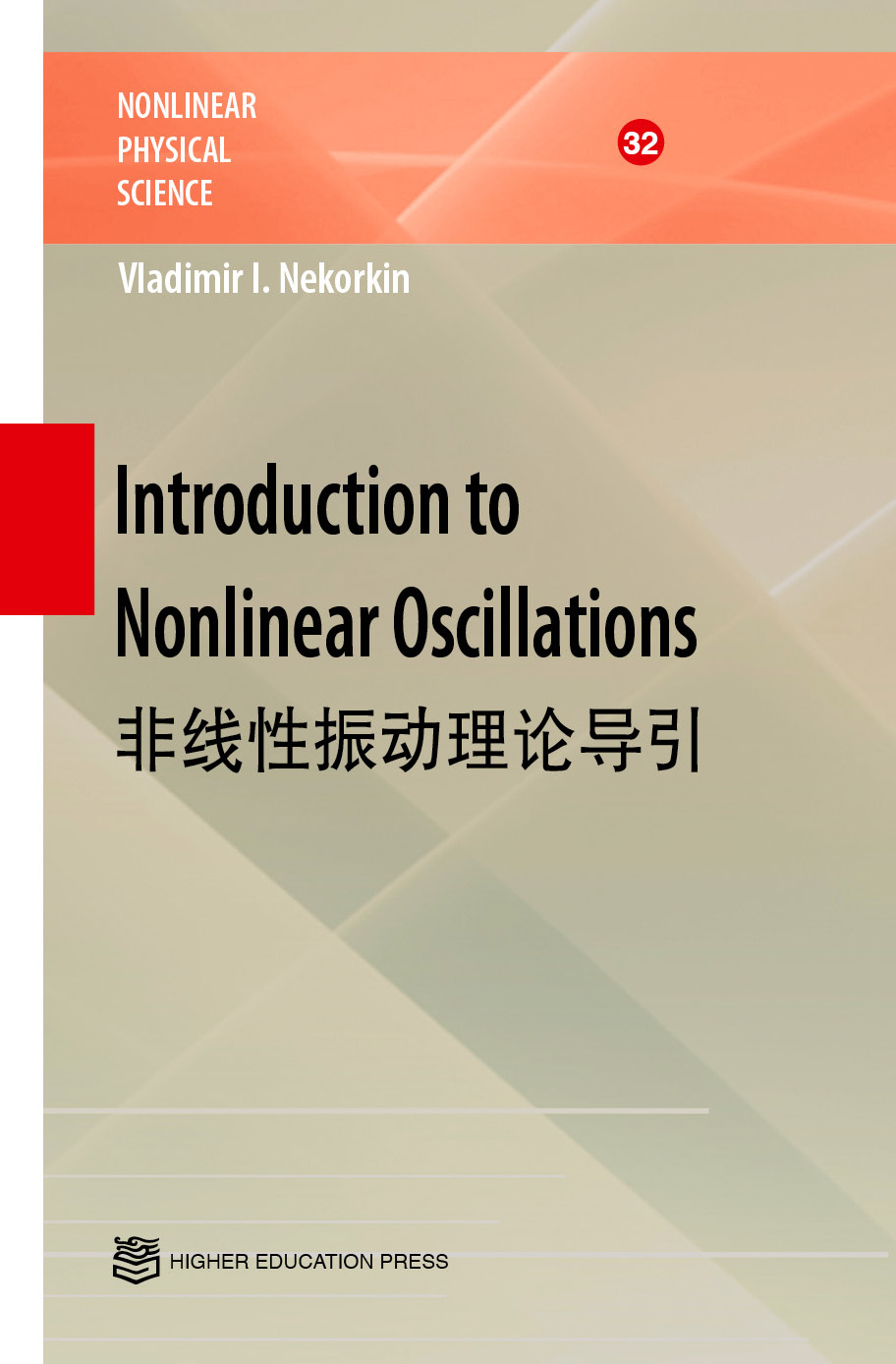基因克隆和DNA分析(第7版)(影印版) / 教育部推荐引进版教材
作者: Brown
出版时间:2018-02
出版社:高等教育出版社
- 高等教育出版社
- 9787040489132
- 1版
- 170533
- 47252945-2
- 平装
- 异16开
- 2018-02
- 600
- 353
- 工学
- 生物工程
- Q785
- 生物技术、生物工程
- 本科 研究生及以上
前辅文
Part I The Basic Principles of Gene Cloning and DNA Analysis
1 Why Gene Cloning and DNA Analysis are Important
1.1 The early development of genetics
1.2 The advent of gene cloning and the polymerase chain reaction
1.3 What is gene cloning?
1 .4 What is PCR?
1.5 Why gene cloning and PCR are so important
1.5.1 Obtaining a pure sample of a gene by cloning
1.5.2 PCR can also be used to purify a gene
1.6 How to find your way through this book
Further reading
2 Vectors for Gene Cloning: Plasmids and Bacteriophages
2.1 Plasmids
2.1.1 Size and copy number
2.1.2 Conjugation and compatibility
2.1.3 Plasmid classification
2.1 .4 Plasmids in organisms other than bacteria
2.2 Bacteriophages
2.2.1 The phage infection cycle
2.2.2 Lysogenic phages
Gene organization in the λDNA molecule
The linear and circular forms ofλDNA
M13 - a filamentous phage
2.2.3 Viruses as cloning vectors for other organisms
Further reading
3 Purification of DNA from Living Cells
3.1 Preparation of total cell DNA
3.1 .1 Growing and harvesting a bacterial culture
3.1.2 Preparation of a cell extract
3.1.3 Purification of DNA from a cell extract
Removing contaminants by organic extraction and enzyme digestion
Using ion-exchange chromatography to purify DNA from a cell extract
Using silica to purify DNA from a cell extract
3.1.4 Concentration of DNA samples
3.1.5 Measurement of DNA concentration
3.1.6 Other methods for the preparation of total cell DNA
3.2 Preparation of plasmid DNA
3.2.1 Separation on the basis of size
3.2.2 Separation on the basis of conformation
Alkaline denaturation
Ethidium bromide-caesium chloride density gradient centrifugation
3.2.3 Plasmid amplification
3.3 Preparation of bacteriophage DNA
3.3.1 Growth of cultures to obtain a high À titre
3.3.2 Preparation of non-Iysogenic À phages
3.3.3 Collection of phages from an infected culture
3.3.4 Purification of DNA from À phage particles
3.3.5 Purification of M13 DNA causes few problems
Further reading
4 Manipulation of Purified DNA
4.1 The range of DNA manipulative enzymes
4.1 .1 Nucleases
4.1 .2 Ligases
4.1.3 Polymerases
4.1.4 DNA-modifying enzymes
4.2 Enzymes for cutting DNA: Restriction endonucleases
4.2.1 The discovery and function of restriction endonucleases
4.2.2 Type 11 restriction endonucleases cut DNA at specific nucleotide sequences
4.2.3 Blunt ends and sticky ends
4.2.4 The frequency of recognition sequences in a DNA molecule
4.2.5 Performing a restriction digest in the laboratory
4.2.6 Analysing the result of restriction endonuclease cleavage
Separation of molecules by gel electrophoresis
Visualizing DNA molecules in an agarose gel
4.2.7 Estimation of the sizes of DNA molecules
4.2.8 Mapping the positions of different restriction sites in a DNA molecule
4.2.9 Special gel electrophoresis methods for separating larger molecules
4.3 Ligation: Joining DNA molecules together
4.3.1 The mode of action of DNA ligase
4.3.2 Sticky ends increase the efficiency of ligation
4.3.3 Putting sticky ends on to a blunt-ended molecule
Linkers
Adaptors
Homopolymer tailing
4.3.4 Blunt end ligation with a DNA topoisomerase
Further reading
5 Introduction of DNA into Living Cells
5.1 Transformation: The uptake of DNA by bacterial cells
5.1.1 Not all species of bacteria are equally efficient at DNA uptake
5.1.2 Preparation of competent E. co/i cells
5.1.3 Selection for transformed cells
5.2 Identification of recombinants
5.2.1 Recombinant selection with pBR322: Insertional inactivation。f an antibiotic resistance gene
5.2.2 Insertional inactivation does not always involve antibiotic resistance
5.3 Introduction of phage DNA into bacterial cells
5.3.1 Transfection
5.3.2 In vitro packaging ofλcloning vectors
5.3.3 Phage infection is visualized as plaques。n an agar medium
5.4 Identification of recombinant phages
5.4.1 Insertional inactivation of a lacZ' gene carried by the phagevector
5.4.2 Insertional inactivation of the À d gene
5.4.3 Selection using the Spi phenotype
5.4.4 Selection on the basis of À genome size
5.5 Introduction of DNA into non-bacterial cells
5.5.1 Transformation of individual cells
5.5.2 Transformation of whole organisms
Further reading
6 Cloning Vectors for Escherichia co/i
6.1 Cloning vectors based on E. co/i plasmids
6.1.1 The nomenclature of plasmid cloning vectors
6.1.2 The useful properties of pBR322
6.1.3 The pedigree of pBR322
6.1.4 More sophisticated E. co/i plasmid cloning vectors
pUC8: A Lac selection plasmid
pGEM3Z: In vitro transcription of cloned DNA
6.2 Cloning vectors based on À bacteriophage
6.2.1 Segments of the À genome can be deleted without impairing viability
6.2.2 Natural selection was used to isolate modified À that lack certain restriction sites
6.2.3 Insertion and replacement vectors
Inse同ion vectors
Replacement vectors
6.2.4 Cloning experiments with À insertion or replacement vectors
6.2.5 Long DNA fragments can be cloned using a cosmid
6.2.6 À and other high-capacity vectors enable genomic libraries t。be constructed
6.3 Cloning vectors for the synthesis of single-stranded DNA
6.3.1 Vectors based on M13 bacteriophage
6.3.2 Hybrid plasmid-M13 vectors
6.4 Vectors for other bacteria
Further reading
7 Cloning Vectors for Eukaryotes
7.1 Vectors for yeast and other fungi
7.1 .1 Selectable markers for the 2μm plasmid
7.1.2 Vectors based on the 2μm plasmid: Yeast episomal plasmids
7.1.3 A YEp may insert into yeast chromosomal DNA
7.1 .4 Other types of yeast cloning vector
7.1 .5 Artificial chromosomes can be used to clone long pieces of DNA in yeast
The structure and use of a YAC vector
Applications for YAC vectors
7.1.6 Vectors for other yeasts and fungi
7.2 Cloning vectors for higher plants
7.2.1 Agrobacterium tumefaciens: nature's smallest genetic engineer
Using the Ti plasmid to introduce new genes into a plant cell
Production of transformed plants with the Ti plasmid
The Ri plasmid
Limitations of cloning with Agrobacterium plasmids
7.2.2 Cloning genes in plants by direct gene transfer
Direct gene transfer into the nucleus
Transfer of genes into the chloroplast genome
7.2.3 Attempts to use plant viruses as cloning vectors
Caulimovirus vectors
Geminivirus vectors
7.3 Cloning vectors for animals
7.3.1 Cloning vectors for insects
P elements as cloning vectors for Drosophila
Cloning vectors based on insect viruses
7.3.2 Cloning in mammals
Viruses as cloning vectors for mammals
Gene cloning without a vector
Further reading
8 How to Obtain a Clone of a Specific Gene
8.1 The problem of selection
8.1.1 There are two basic strategies for obtaining the clone you want
8.2 Direct selection
8.2.1 Marker rescue extends the scope of direct selection
8.2.2 The scope and limitations of marker rescue
8.3 Identification of a clone from a gene library
8.3.1 Gene libraries
Not all genes are expressed at the same time
mRNA can be cloned as complementary DNA
8.4 Methods for clone identification
8.4.1 Complementary nudeic acid strands hybridize to each other
8.4.2 Colony and plaque hybridization probing
Labelling with a radioactive marker
Non-radioactive labelling
8.4.3 Examples of the practical use of hybridization probing
Abundancy probing to analyse a cDNA library
Oligonucleotide probes for genes whose translation products have been characterized
Heterologous probing allows related genes to be identified
Southern hybridization enables a specific restriction fragment containing a gene to be identified
8.4.4 Identification methods based on detection of the translation product of the cloned gene
Antibodies are required for immunological detection methods
Using a purified antibody to detect protein in recombinant colonies
The problem of gene expression
Further reading
9 The Polymerase Chain Reaction
9.1 PCR in outline
9.2 PCR in more detail
9.2.1 Designing the oligonudeotide primers for a PCR
9.2.2 Working out the correct temperatures to use
9.3 After the PCR: Studying PCR products
9.3.1 Gel electrophoresis of PCR products
9.3.2 Cloning PCR products
9.3.3 Problems with the error rate of Taq polymerase
9.4 Real-time PCR enables the amount of starting material to be quantified
9.4.1 Carrying out a quantitative PCR experiment
9.4.2 Real-time PCR can also quantify RNA
Further reading
Part 11 The Applications of Gene Cloning and DNA Analysis in Research
10 Sequencing Genes and Genomes
10.1 Chain-termination DNA sequencing
10.1 .1 Chain-termination sequencing in outline
10.1 .2 Not all DNA polymerases can be used for sequencing
10.1.3 Chain-termination sequencing with Taq polymerase
10.1 .4 Limitations of chain-termination sequencing
10.2 Next-generation sequencing
10.2.1 Preparation of a next-generation sequencing library
DNA fragmentation
Immobilization of the library
Amplification of the library
10.2.2 Next-generation sequencing methods
Reversible terminator sequencing
Pyrosequencing
10.2.3 Third-generation sequencing
10.2.4 Directing next-generation sequencing at specific sets of genes
10.3 How to sequence a genome
10.3.1 Shotgun sequencing of prokaryotic genomes
Shotgun sequencing of the Haemophi/us influenza genome
Shotgun sequencing of other prokaryotic genomes
10.3.2 Sequencing of eukaryotic genomes
The hierarchical shotgun approach
Shotgun sequencing of eukaryotic genomes
What do we mean by 'genome sequence'?
Further reading
11 Studying Gene Expression and Function
11.1 Studying the RNA transcript of a gene
11 .1.1 Detecting the presence of a transcript and determining its nucleotide sequence
11 .1.2 Transcript mapping by hybridization between gene and RNA
11 .1.3 Transcript analysis by primer extension
11 .1.4 Transcript analysis by PCR
11.2 Studying the regulation of gene expression
11.2.1 Identifying protein binding sites on a DNA molecule
Gel retardation of DNA-protein complexes
Footprinting with DNase I
Modification interference assays
11.2.2 Identifying control sequences by deletion analysis
Reporter genes
Carrying out a deletion analysis
11.3 Identifying and studying the translation product of a cloned gene
11.3.1 HRT and HART can identify the translation product of a cloned gene
11.3.2 Analysis of proteins by ;n v;tro mutagenesis
Different types of ;n v;tro mutagenesis techniques
Using an oligonucleotide to create a point mutation in a cloned gene
Other methods of creating a point mutation in a cloned gene
The potential of ;n v;tro mutagenesis
Further reading
12 Studying Genomes
12.1 Genome annotation
12.1.1 Identifying the genes in a genome sequence
Searching for open reading frames
Simple ORF scans are less effective at locating genes in eukaryotic genomes
Gene location is aided by homology searching
Comparing the sequences of related genomes
Identifying the binding sites for regulatory proteins in a genome sequence
12.1 .2 Determining the function of an unknown gene
Assigning gene function by experimental analysis requires a reverse approach to genetics
Specific genes can be inactivated by homologous recombination
12.2 Studies of the transcriptome and proteome
12.2.1 Studying the transcriptome
Studying transcriptomes by microarray or chip analysis
Studying a transcriptome by SAGE
Sequencing a transcriptome by RNA-seq
Advantages of the different methods for transcriptome analysis
12.2.2 Studying the proteome
Separating the proteins in a proteome
Identifying the individual proteins after separation
12.2.3 Studying protein-protein interactions
Phage display
The yeast two-hybrid system
Further reading
Part 111 The Applications of Gene Cloning and DNA Analysis in Biotechnology
13 Production of Protein from Cloned Genes
13.1 Special vectors for the expression of foreign genes in E. co/i
13.1.1 The promoter is the critical component of an expression vector
The promoter must be chosen with care
Examples of promoters used in expression vectors
13.1.2 Cassettes and gene fusions
13.2 General problems with the production of recombinant protein in E. co/i
13.2.1 Problems resulting from the sequence of the foreign gene
13.2.2 Problems caused by E. co/i
13.3 Production of recombinant protein by eukaryotic cells
13.3.1 Recombinant protein from yeasts and filamentous fungi
Saccharomyces cerevisiae as the host for recombinant protein synthesis
Other yeasts and fungi
13.3.2 Using animal cells for recombinant protein production
Protein production in mammalian cells
Protein production in insect cells
13.3.3 Pharming: Recombinant protein from live animals and plants
Pharming in animals
Recombinant proteins from plants
Ethical concerns raised by pharming
Further reading
14 Gene Cloning and DNA Analysis in Medicine
14.1 Production of recombinant pharmaceuticals
14.1.1 Recombinant insulin
Synthesis and expression of artificial insulin genes
14.1.2 Synthesis of human growth hormones in E. co/i
14.1.3 Recombinant factor VIII
14.1.4 Synthesis of other recombinant human proteins
14.1.5 Recombinant vaccines
Producing vaccines as recombinant proteins
Recombinant vaccines in transgenic plants
Live recombinant virus vaccines
14.2 Identification of genes responsible for human diseases
14.2.1 How to identify a gene for a genetic disease
Locating the approximate position of the gene in the human genome
Linkage analysis of the human BRCA 1 gene
Identification of candidates for the disease gene
14.3 Gene therapy
14.3.1 Gene therapy for inherited diseases
14.3.2 Gene therapy and cancer
14.3.3 The ethical issues raised by gene therapy
Further reading
15 Gene Cloning and DNA Analysis in Agriculture
15.1 The gene addition approach to plant genetic engineering
15.1.1 Plants that make their own insecticides
The δ-endotoxins of 8acillus thuringiensis
Cloning a δ-endotoxin gene in maize
Cloningδ-endotoxin genes in chloroplasts
Countering insect resistance to õ-endotoxin crops
15.1.2 Herbicide-resistant crops
'Roundup Ready' crops
A new generation of glyphosate-resistant crops
15.1 .3 Other gene addition projects
15 . 2 Gene subtraction
15.2.1 Antisense RNA and the engineering of fruit ripening in tomato
Using antisense RNA to inactivate the polygalacturonase gene
Using antisense RNA to inactivate ethylene synthesis
15.2.2 Other examples of the use of antisense RNA in plant genetic engineering
15.3 Problems with genetically modified plants
15.3.1 Safety concerns with selectable markers
15.3.2 The terminator technology
15.3.3 The possibility of harmful effects on the environment
Further reading
16 Gene Cloning and DNA Analysis in Forensic Science and Archaeology
16.1 DNA analysis in the identification of crime suspects
16.1.1 Geneticfingerprinting by hybridization probing
16.1 .2 DNA profiling by PCR of short tandem repeats
16.2 Studying kinship by DNA profiling
16.2.1 Related individuals have similar DNA profiles
16.2.2 DNA profiling and the remains of the Romanovs
STR analysis of the Romanov bones
Mitochondrial DNA was used to link the Romanov skeletons with living relatives
The missing children
16.3 Sex identification by DNA analysis
16.3.1 PCRs directed at Y chromosome-specific sequences
16.3.2 PCR of the amelogenin gene
16.4 Archaeogenetics: Using DNA to study human prehistory
16.4.1 The origins of modern humans
DNA analysis has challenged the multiregional hypothesis
DNA analysis shows that Neanderthals are not the direct ancestors of modern Europeans
The Neanderthal genome sequence suggests there was interbreeding with H. sap;ens
16.4.2 DNA can also be used to study prehistoric human migrations
Modern humans may have migrated from Ethiopia t。Arabia
Colonization of the New World
Further reading
Glossary
lndex










